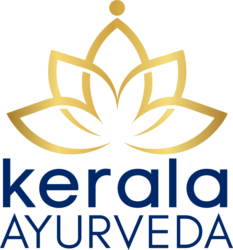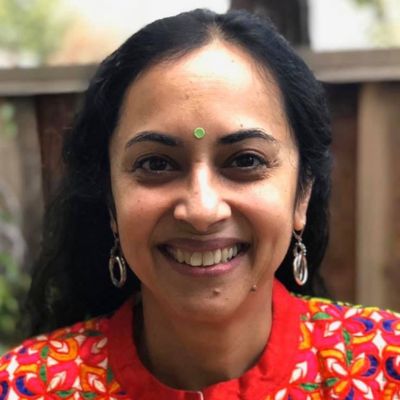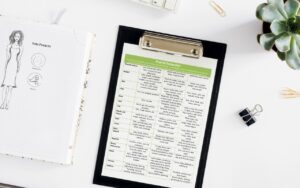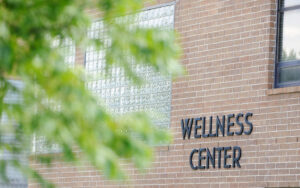Even if you’re not talking with it, your tongue reveals a lot about your well-being. For this reason, it’s part of a traditional Ayurvedic assessment routine, practiced for thousands of years. Find out how a tongue diagnosis is performed and how it can contribute to your practitioner toolkit.
How is a tongue examination conducted?
During her Ayurvedic assessment, Heather is asked to stick out her tongue. The practitioner tells her to open wide and reach the tip toward her chin. Her tongue is covered in red bumps and has a mild yellowish coating. There is also a line in the center with a groove at the heart region, prompting gentle questioning that reveals a deep-seated childhood trauma she hadn’t talked about during the exam. The tongue assessment confirms the presence of Ama, excess Pitta, hyperacidity and a propensity for migraines.
Tongue assessment is one of the most important aspects of the eightfold examination, Ashtasthana Pareeksha, which also includes an examination of the pulse, urine, feces, eyes, skin, nails, and general body. The tongue is a sense organ that aids speech and taste. It is the first part of the digestive system and a map of your overall health or ill health. In particular, the tongue tells us about Doshas, the status of Agni (digestive and metabolic fire), and the Kostha (the digestive tract).
Tongue examination is not unique to Ayurveda, it is also used as an assessment tool in western and Traditional Chinese Medicine. A crooked tongue can reveal a stroke. A swollen tongue, an allergic reaction. An oral flush could be an indication of diabetes. Tongue diagnosis has been used for ages as an assessment tool. In current times, many advances have been made and computerized tongue analysis as a diagnostic tool is being researched and gaining popularity in TCM.
What does a tongue diagnosis reveal?
Have you ever examined your tongue in a mirror? Try it! A healthy tongue is pink, with small, cylindrical taste buds, minimal coating, discoloration, or cracks, and not too dry or too moist. But rest assured, the odds of having a perfect tongue are slim! The tongue’s size, color, bumps (location and color), cracks, serrations, swelling, coating, and stability all tell a story. Deciphering the story helps assess the health and disorders of a client and map them to an Ayurvedic protocol.
As part of Dinacharya or our daily regimen, it is recommended that you scrape your tongue in the morning as localized care for oral hygiene and eliminating toxins, followed by oil pulling. However, your systemic healthcare is revealed by the nature of your tongue, which scraping cannot overshadow!
The tongue as a window to inner health reveals:
- Prakriti – your Ayurvedic constitution
- Dosha Vikriti – imbalances
- Status of Agni and Ama – – digestion and toxins
- Tissue and organ health, particularly, digestive disorders
- Other diseases – stress, malabsorption, jaundice, cardiac and thyroid issues, conditions of the spine, kidneys, lungs, colon, mental health issues, etc.
How is a tongue examination conducted?
During a routine assessment, the Ayurvedic provider usually waits for the client to relax before beginning the tongue examination.
If a client is seen by an Ayurvedic Practitioner in person, the tongue is generally examined after questioning, and assessment of eyes, nails, and pulse.
Tongue assessments can also be done via video conferencing or static pictures. This method is often used during times of pandemic, when there is no local Vaidya or the Vaidya of choice is not local.
Sreeram is a polite, guarded client. His chief complaint is fibromyalgia (he heard that Ayurveda can provide him relief), but he doesn’t divulge much. His intake form is cursory, at best. His practitioner questions him online for 45 minutes, then examines his eyes, nails, skin, and finally, tongue. The tongue examination reveals his deep and chronic Vikriti and how all the Doshas are imbalanced!
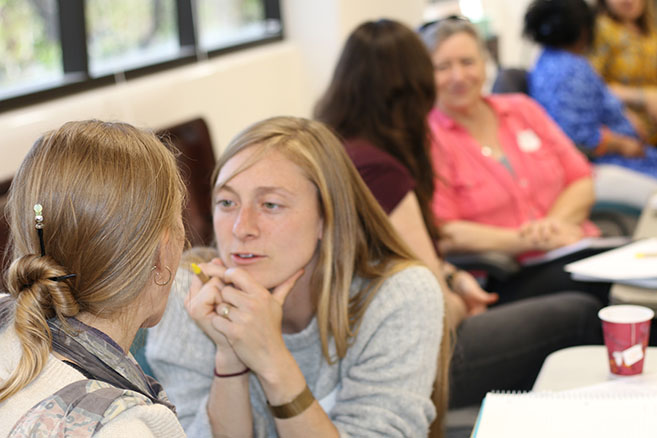
Benefits of a tongue diagnosis
Just like a Vata, Pitta, and Kapha person, a Vata tongue is smaller, thinner, Pitta, medium-sized, and Kapha, larger. The Vata tongue tends to be dry, Pitta, a bit dry and reddish, and Kapha, smooth and heavy. Anyone with a Vata imbalance would have a more dry tongue with cracks and serrations; red papillae could indicate a Pitta imbalance and too much slime, a Kapha imbalance.
A tongue examination can also:
- Serve as a map of one’s overall health
- Reveal the current status of pathogenesis and Agni, Ama, Vikriti
- Be a non-invasive tool to assess disorders, particularly digestive diseases
- Pinpoint imbalance as different parts of the tongue are linked to different organs
- Tell a lot about a client’s health that the client may not know or reveal
- Indicate prodromal symptoms of a disorder
- Suggest how health is improving; for instance, a quivering tongue that becomes more stable as Vata Vikriti (imbalance) reduces or reduction in Ama coating
- Designate prognosis of a disease, for instance, is an ailment very chronic
- Be used as a self-analysis tool that is empowering
- Help put together a comprehensive assessment mapped to a case management protocol; for instance, is Shamana (pacification through diet, herbs, and lifestyle) enough, or does one need a Shodhana (cleansing), maybe a Panchakarma?
Learn tongue diagnosis!
Understanding the current etiopathogenesis of disorders and imbalances is the most powerful and empowering tool an Ayurvedic professional can learn at any stage of their journey. An Ayurvedic plan can be effective and therapeutic only if this assessment is thorough. It helps develop what our Academy Director and Lead Faculty, Vaidya. Jayarajan, calls a “Namaste Protocol” – the perfect match!
We invite you to uncover the mysteries of tongue diagnosis! Students at Kerala Ayurveda Academy are introduced to tongue assessment in our Ayurvedic Training and dive deeper during the Ayurvedic Assessment and Pulse Diagnosis workshop. The tongue is a map of your health. Are you ready to decode it?
